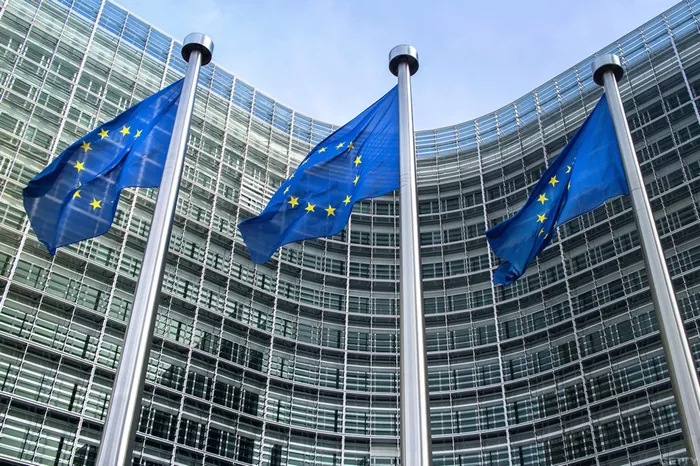European Union member nations have given their stamp of approval to extensive reforms aimed at addressing the bloc’s faltering asylum system. This move comes amidst heightened campaigning for the upcoming Europe-wide elections, where migration is anticipated to be a significant talking point.
On Tuesday, EU government ministers greenlit 10 legislative components of The New Pact on Migration and Asylum. This comprehensive framework delineates guidelines for the 27 member states on managing unauthorized entries, from initial screening procedures to potential deportations for those deemed ineligible for asylum.
While Hungary and Poland, known for their resistance to mandatory migrant hosting and financial obligations, opposed the package, they were unable to thwart its adoption.
Mainstream political factions within the EU view this pact as a potential resolution to the longstanding divisions among member nations, particularly since the influx of over 1 million migrants into Europe in 2015, many fleeing conflict in Syria and Iraq. These parties hope that the implementation of this system will weaken the appeal of far-right ideologies in the upcoming June 6-9 elections.
However, the extensive reform measures are set to come into effect only by 2026, offering no immediate remedy to the migration challenges that have fueled one of the EU’s most significant political crises. This includes disputes over the distribution of responsibility for incoming migrants and debates over mandatory assistance among member states.
Critics of the pact argue that it may enable nations to detain migrants at borders and subject children to fingerprinting, potentially infringing upon their rights to seek asylum. There are concerns that it could lead to increased reliance on agreements with less affluent nations, where migrants often originate or transit through en route to Europe.
Why are these new rules necessary?
Europe’s asylum regulations have remained largely unchanged for nearly two decades, with the system collapsing under strain in 2015. The framework was built on the premise of processing migrants, granting asylum, or effecting deportations in the country of first entry, placing a disproportionate burden on countries like Greece, Italy, and Malta. Meanwhile, the Schengen Area, where ID checks are not required for travel, has expanded to encompass 27 countries, facilitating movement for over 400 million individuals, including refugees.
Who do these rules apply to?
Out of the approximately 3.5 million migrants who legally arrived in Europe in 2023, around 1 million were present on EU territory without authorization. The pact primarily targets this minority, estimated at around 300,000 individuals in 2023, who crossed external EU borders without permission, often via sea routes.
How does the system operate?
Upon landing in a member state, individuals will undergo screening at or near the border, including identity checks, which may extend to children as young as six. This information will be stored in a newly established database, Eurodac, aiding in the assessment of potential health or security risks and determining eligibility for asylum. The screening process, mandatory and capped at seven days, leads either to an application for international protection or deportation to the individual’s home country.
What is the asylum procedure?
Asylum seekers must apply in the EU nation of initial entry and remain there until authorities determine which country should handle their application. This decision factors in familial, cultural, or other ties that may exist elsewhere. The border procedure, inclusive of a legal appeal if needed, is expected to conclude within 12 weeks, extendable by eight weeks during periods of heightened migration. Facilities known as “reception centers” will provide healthcare and education to applicants, while those rejected will face deportation orders.
What does deportation entail?
Deportation orders are to be automatically issued upon refusal of an asylum request, initiating a 12-week process that may involve detention. The EU’s border and coast guard agency will coordinate joint deportation efforts, although current deportation rates remain low due to challenges in securing cooperation from countries of origin.
How are responsibilities and obligations addressed?
The new regulations mandate assistance from member states to partners facing migratory pressures, allowing for flexible support options, including relocation or financial aid amounting to €20,000 per person. Additionally, nations can volunteer to oversee deportations from partner countries in need.
What challenges lie ahead?
The implementation of these reforms hinges on full cooperation from member states, with doubts lingering over the enforcement of the new rules by the European Commission, especially considering its history of selective application of existing regulations. The Commission is set to unveil a Common Implementation Plan by June, outlining strategies and timelines for the pact’s execution over the next two years, although potential obstacles may arise, particularly with Hungary assuming the EU presidency in July, given its staunch opposition to the reforms.


